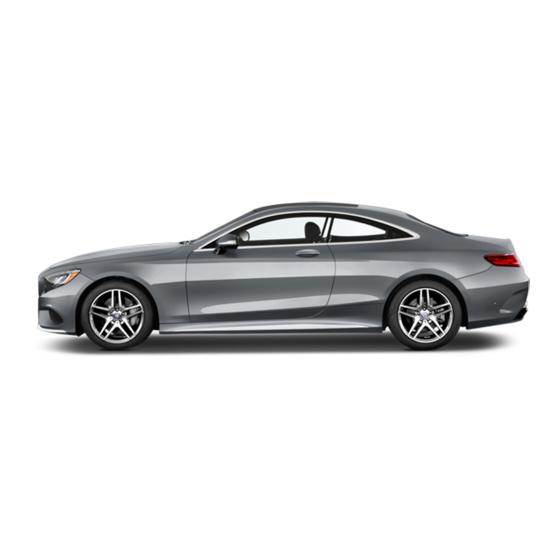
Mercedes-Benz S-Class Coupe Operator's Manual
Hide thumbs
Also See for S-Class Coupe:
- Operator's manual (410 pages) ,
- Operator's manual (338 pages) ,
- Owner's manual (413 pages)

















Need help?
Do you have a question about the S-Class Coupe and is the answer not in the manual?
Questions and answers